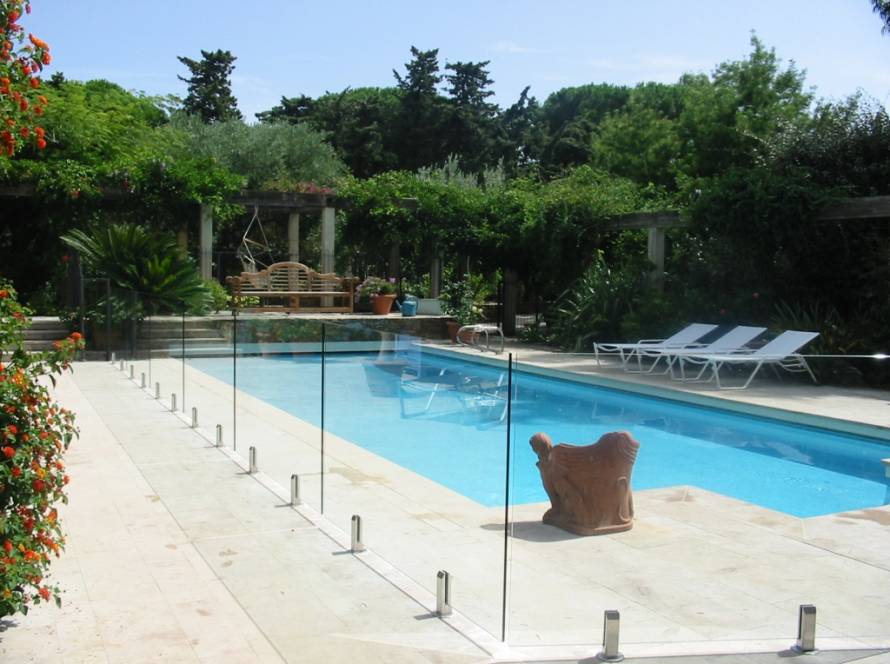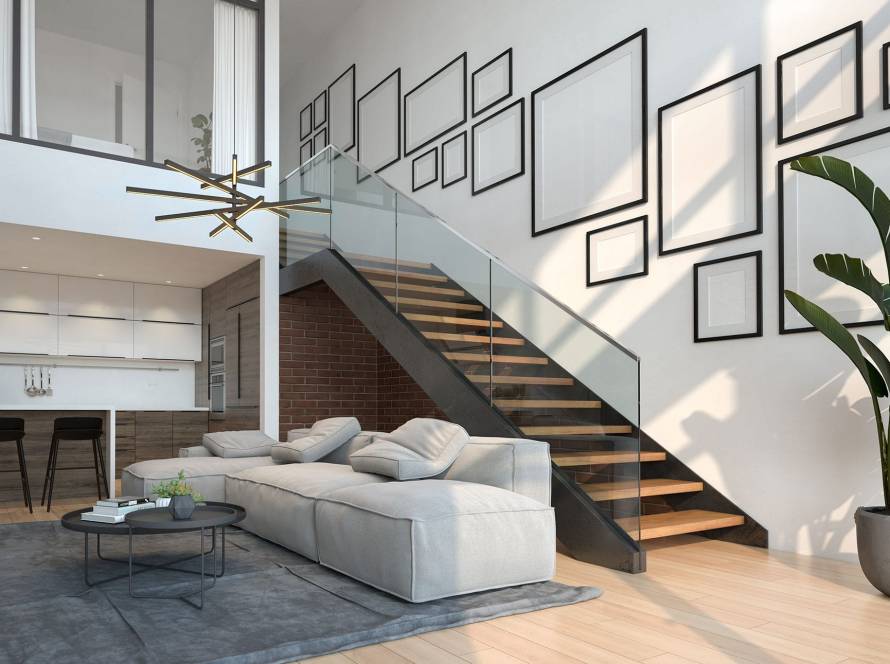Glass has long been a staple in architecture, celebrated for its transparency, aesthetic appeal, and ability to connect indoor and outdoor spaces. However, advancements in glass technology and design have opened up new, innovative uses for glass in commercial architecture. Here are some of the most exciting ways glass is transforming commercial spaces today.
1. Curtain Walls
Curtain walls are a popular architectural feature in modern commercial buildings. These lightweight glass facades create striking visual aesthetics while allowing natural light to flood interior spaces. By using advanced glazing techniques, curtain walls provide excellent insulation and energy efficiency, reducing the need for artificial lighting and heating. Not only do they enhance the building’s appearance, but they also contribute to a more sustainable environment.
2. Glass Roofs and Skylights
Integrating glass roofs and skylights into commercial buildings enhances natural light and creates an open, airy atmosphere. This innovative use of glass is particularly beneficial in retail spaces, atriums, and offices, where natural light can boost mood and productivity. Modern glass technologies, such as low-E coatings, help regulate temperature and reduce glare, ensuring comfort while maximizing the benefits of sunlight.
3. Glass Partitions
Glass partitions are increasingly used in office environments to create flexible workspaces. These partitions allow for the division of space without sacrificing openness or natural light. Transparent or frosted glass can be used to provide privacy while maintaining an airy feel. Glass meeting rooms and collaboration spaces foster communication and creativity, making them ideal for dynamic work environments.
4. Smart Glass
Smart glass technologies, such as electrochromic and thermochromic glass, offer innovative solutions for controlling light and temperature in commercial spaces. Smart glass can change opacity or color based on environmental conditions, providing both privacy and energy efficiency. This technology is particularly valuable in high-rise buildings, where glare and solar heat gain can be challenging. By optimizing natural light, smart glass enhances occupant comfort and reduces energy costs.
5. Glass Balustrades and Railings
Glass balustrades and railings are a stylish and modern choice for commercial buildings. They provide safety while offering unobstructed views, making them popular in offices, hotels, and retail spaces. Laminated glass is often used in these applications to ensure safety without compromising design. Glass railings can elevate the aesthetic appeal of staircases and balconies, creating a seamless connection between levels.
6. Exterior Cladding
Innovative glass cladding systems are being used to enhance the exterior appearance of commercial buildings. These systems can include patterned or textured glass that adds visual interest and character to the façade. In addition to aesthetics, glass cladding provides excellent thermal insulation and protection against the elements, making it a practical choice for modern architecture.
7. Sustainable Design
As sustainability becomes increasingly important in commercial architecture, glass plays a crucial role in green building design. Energy-efficient glass solutions, such as double or triple glazing, help reduce energy consumption and carbon footprint. Additionally, the use of recycled glass in construction contributes to eco-friendly practices, allowing architects to create sustainable buildings without sacrificing design.
Conclusion
The innovative uses of glass in commercial architecture continue to evolve, offering architects and designers endless possibilities for creativity and functionality. From enhancing aesthetics to improving energy efficiency, glass plays a pivotal role in modern building design. As technology advances, the integration of glass in commercial architecture will undoubtedly lead to more sustainable, visually stunning, and functional spaces for businesses and communities alike.


